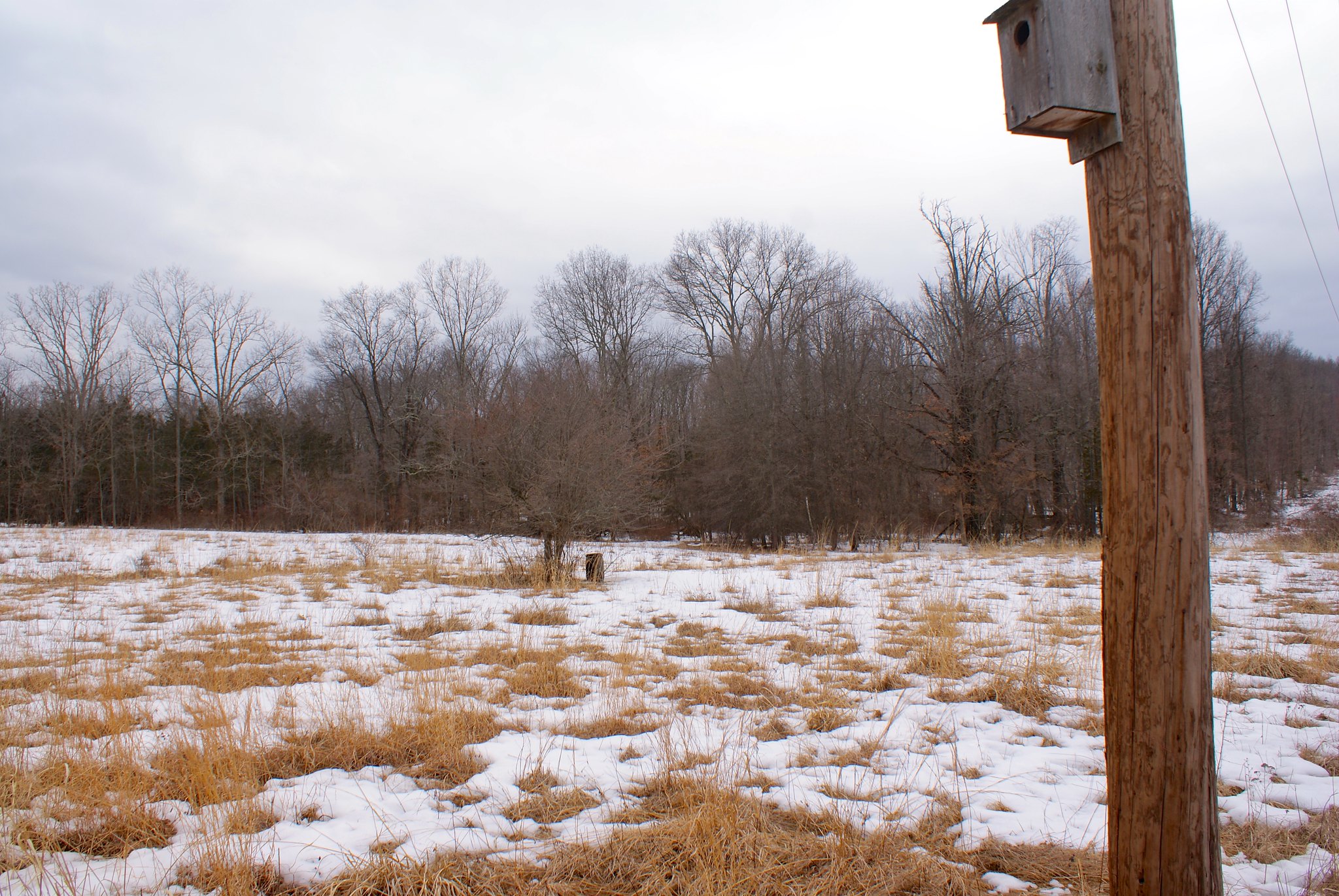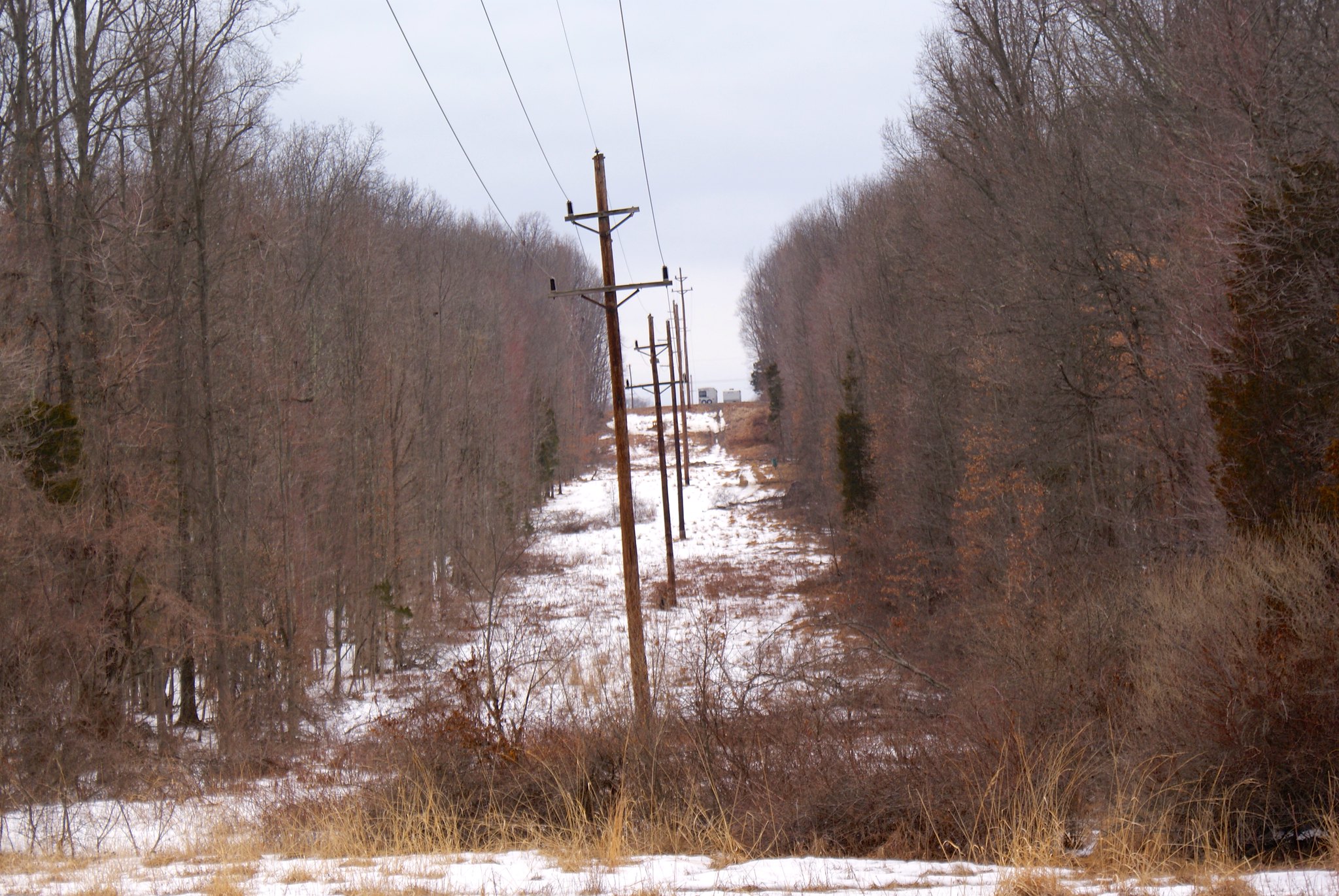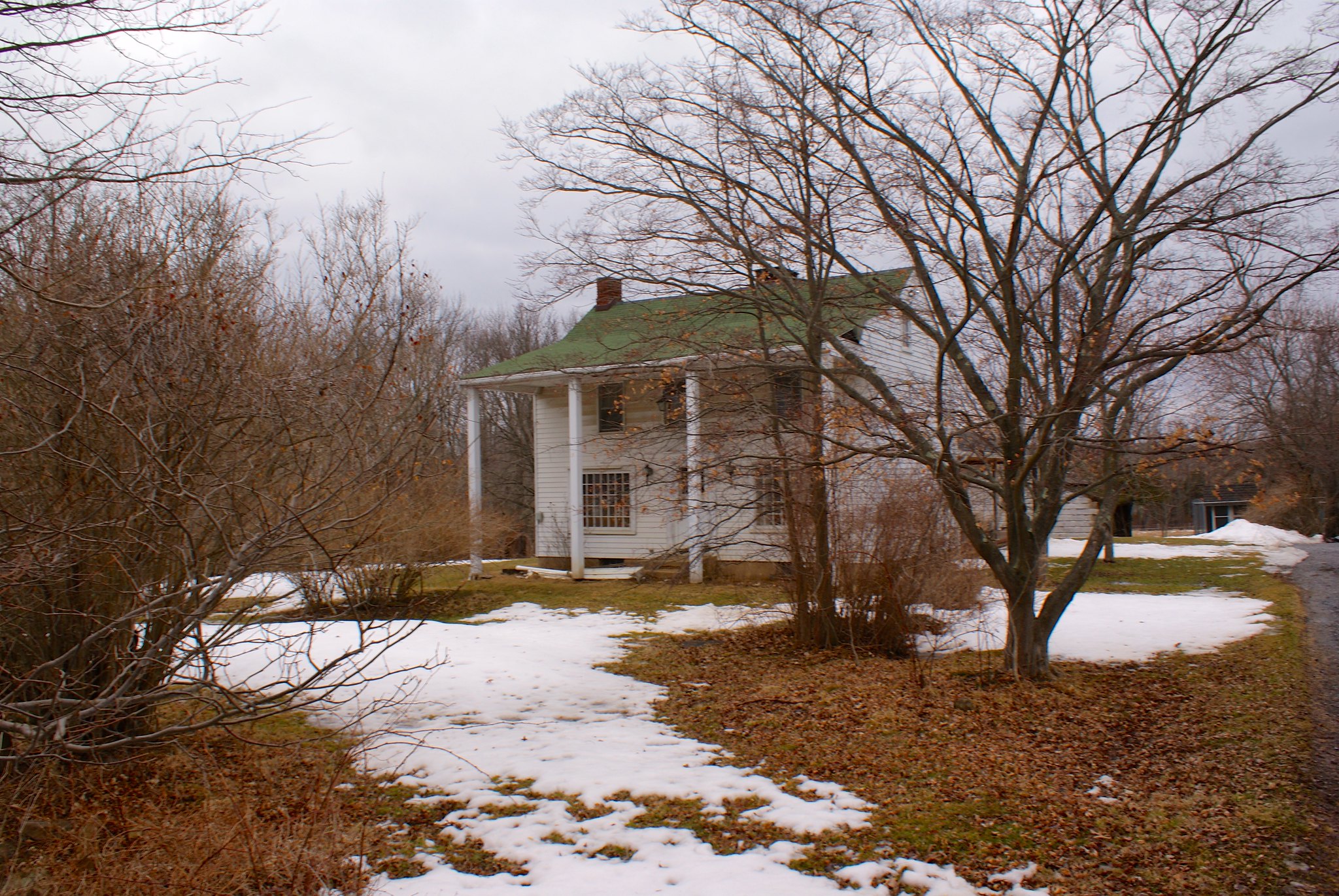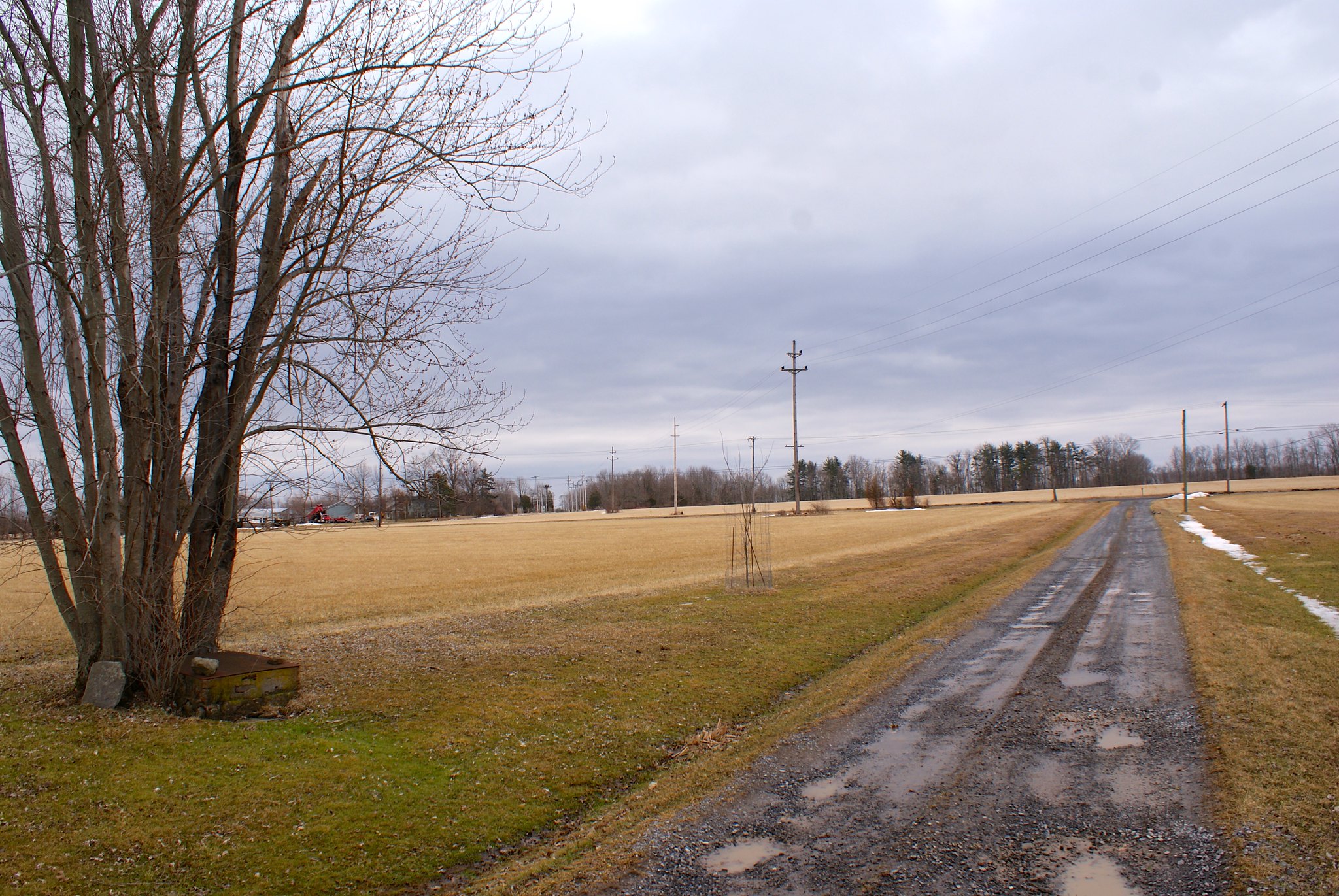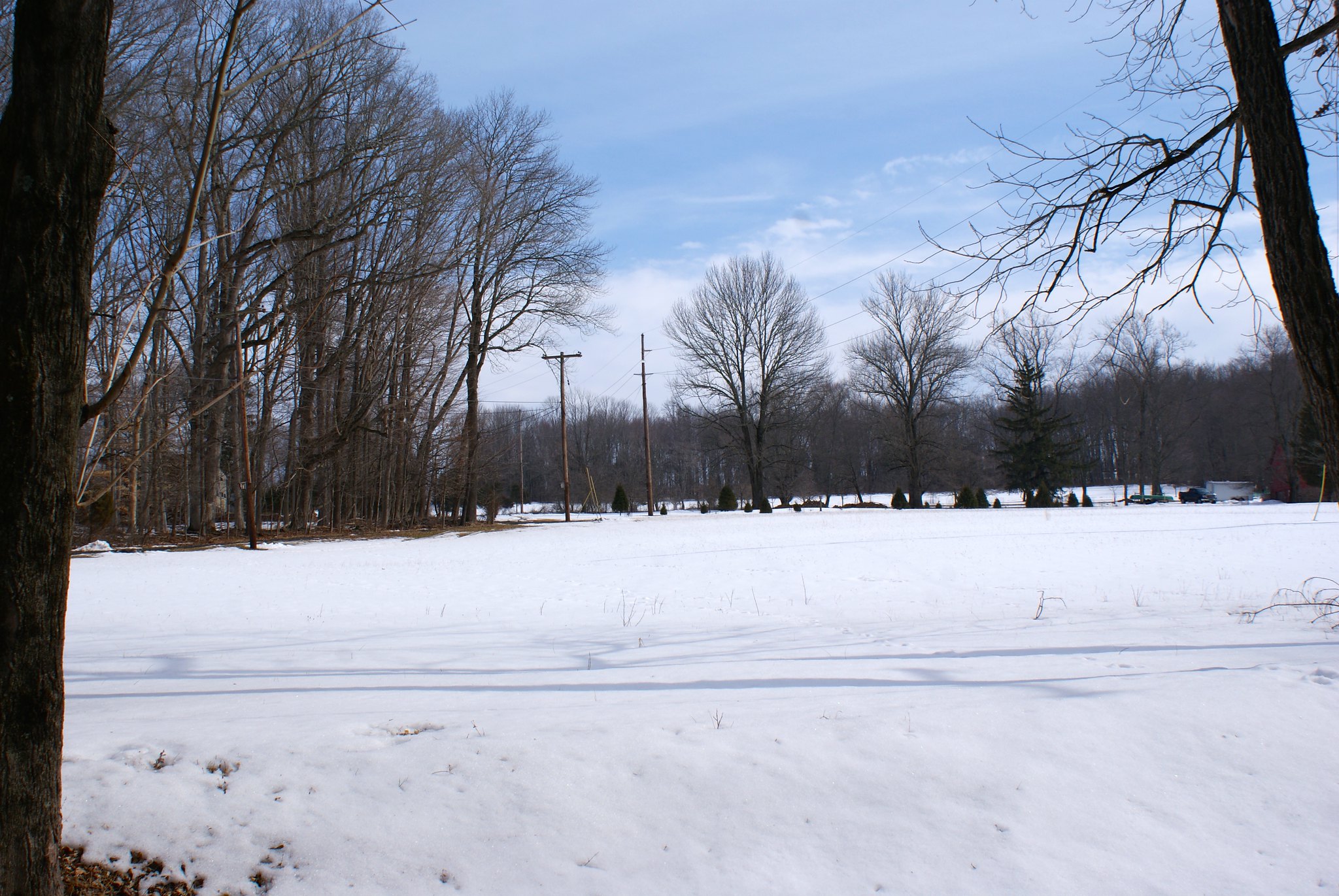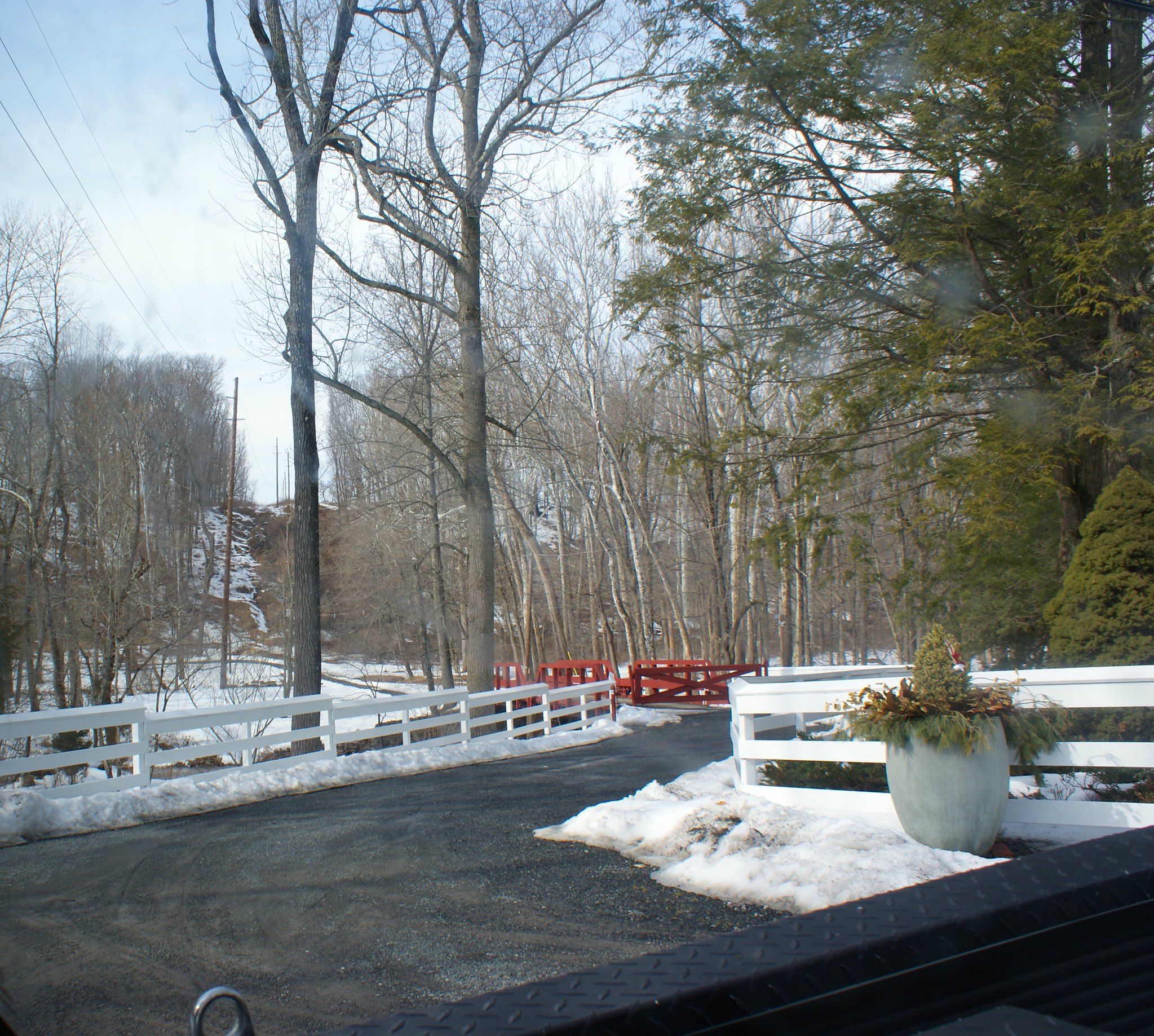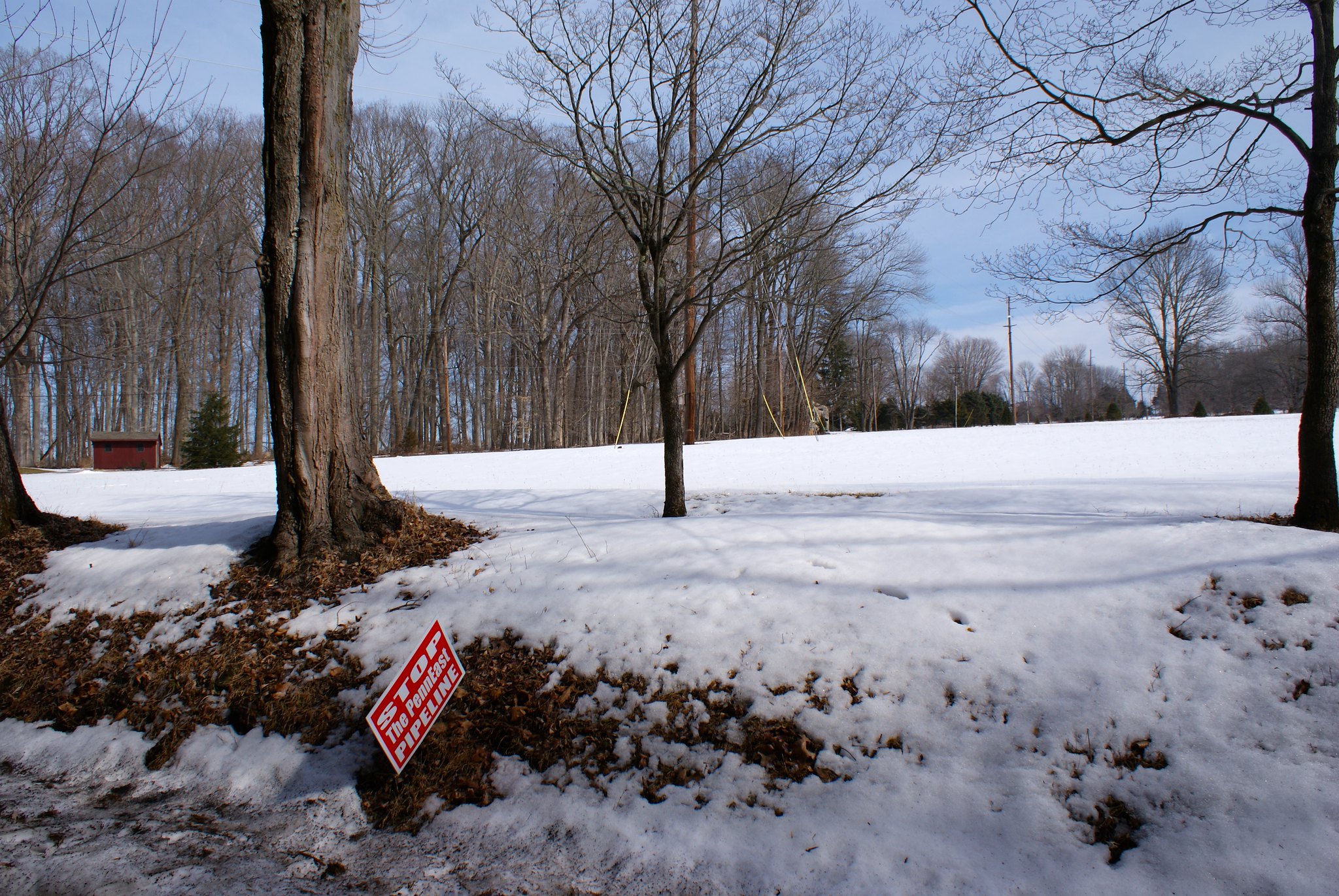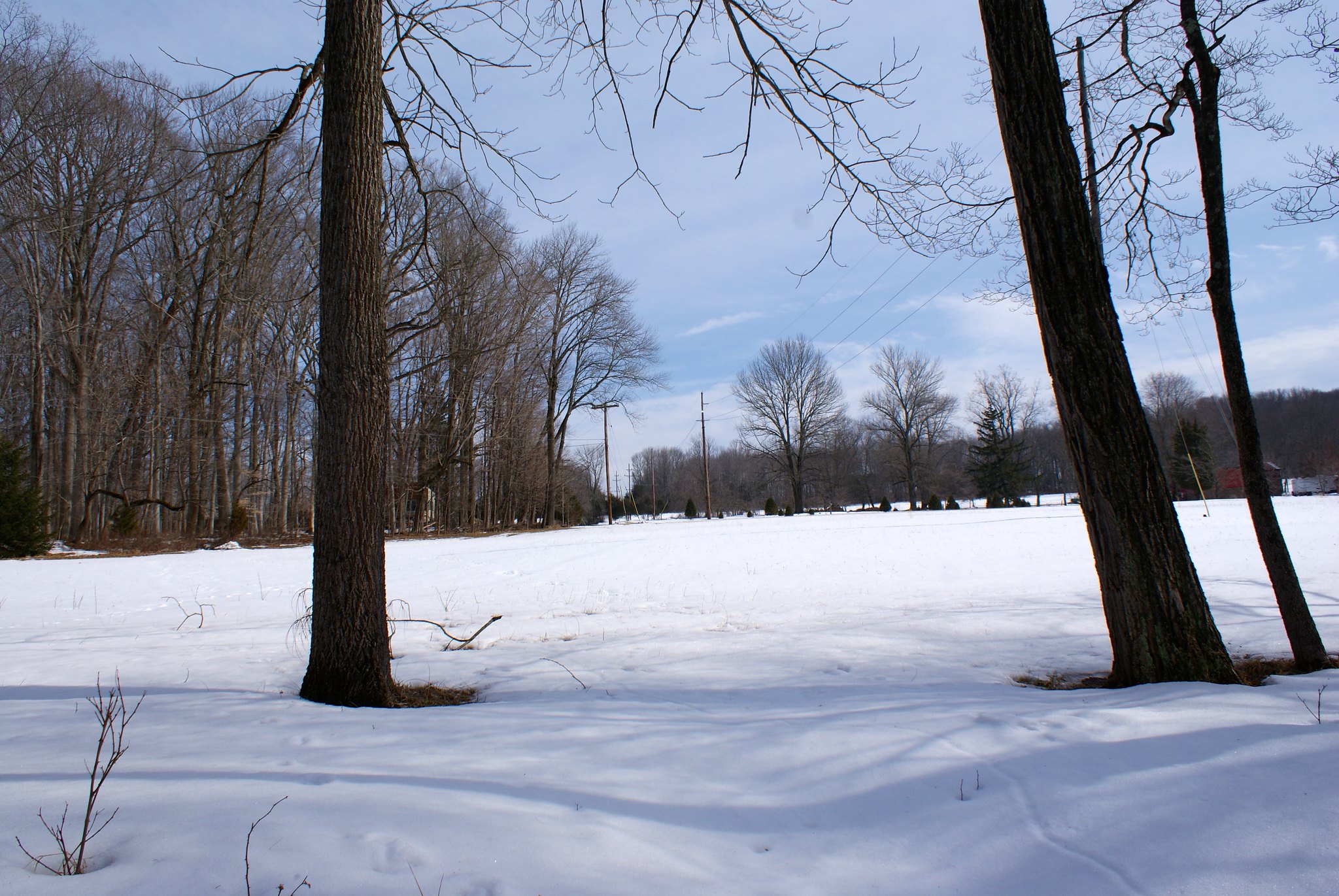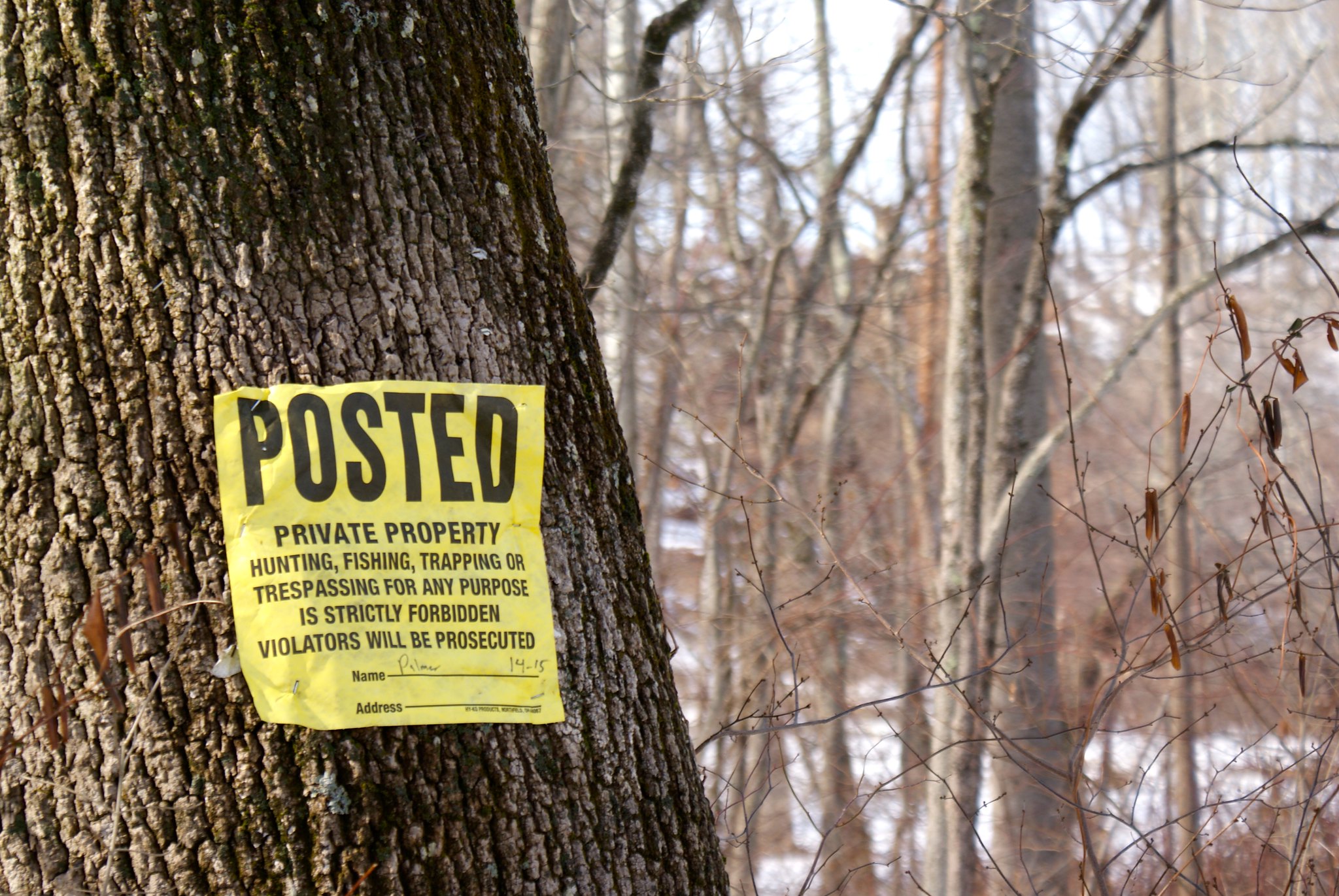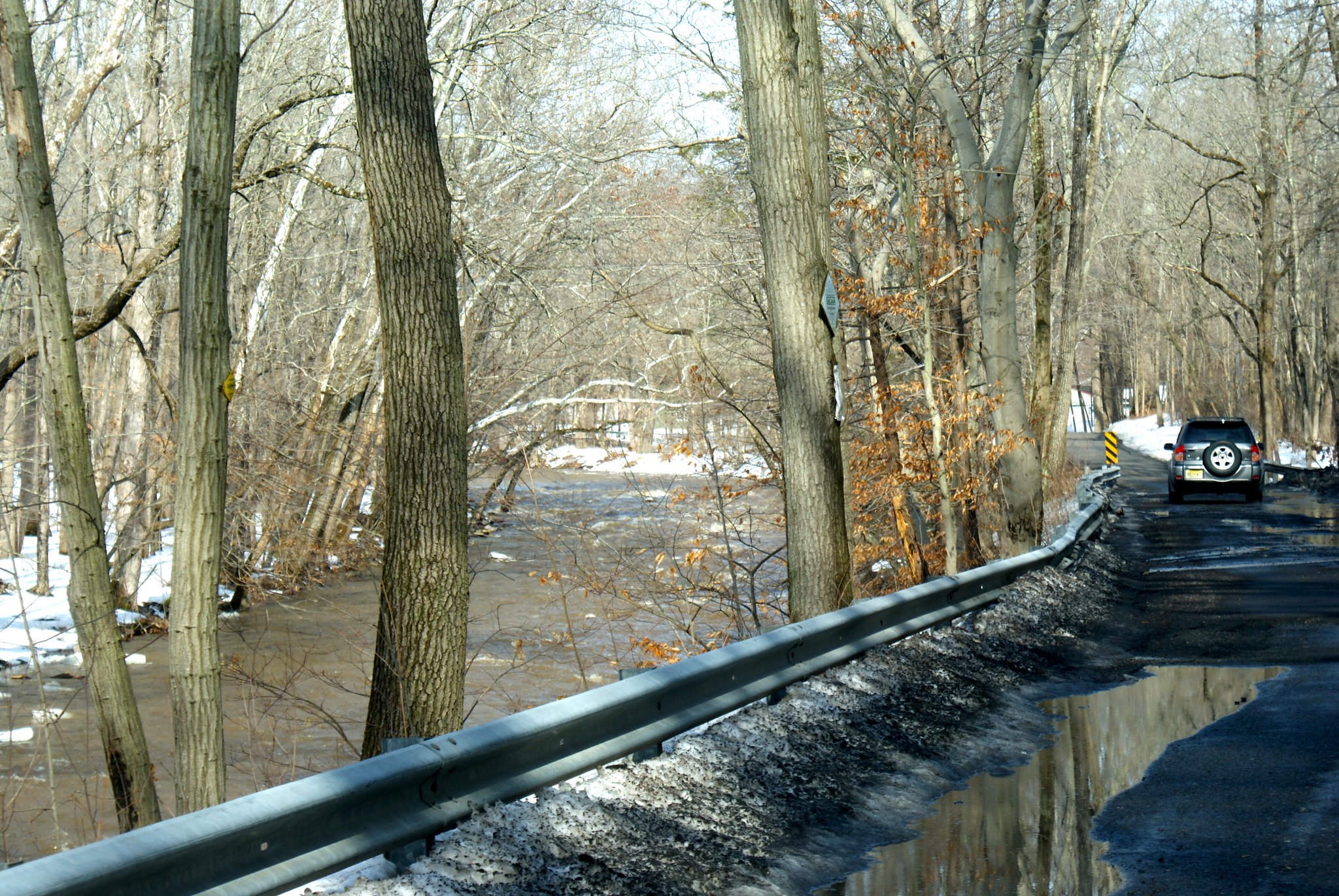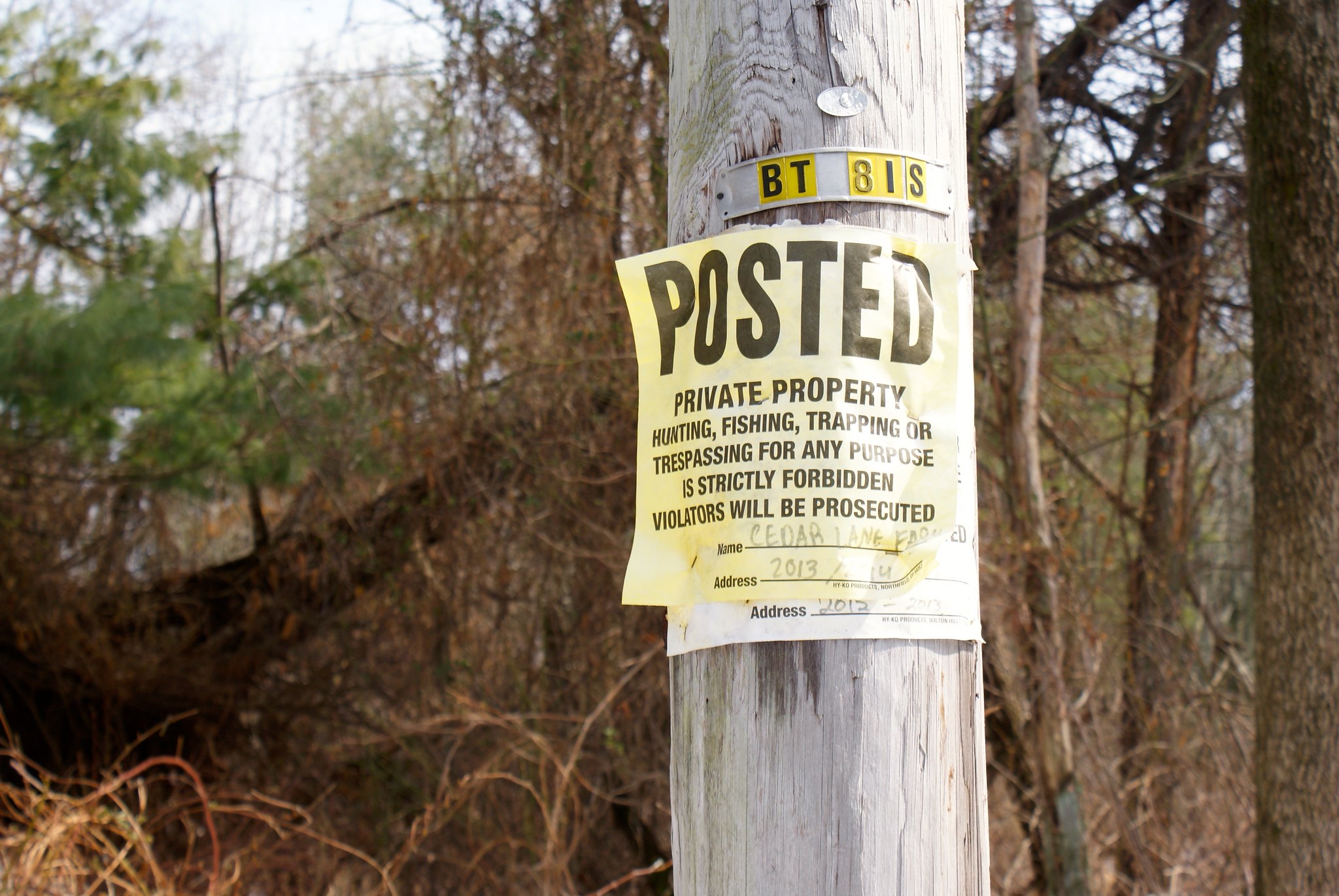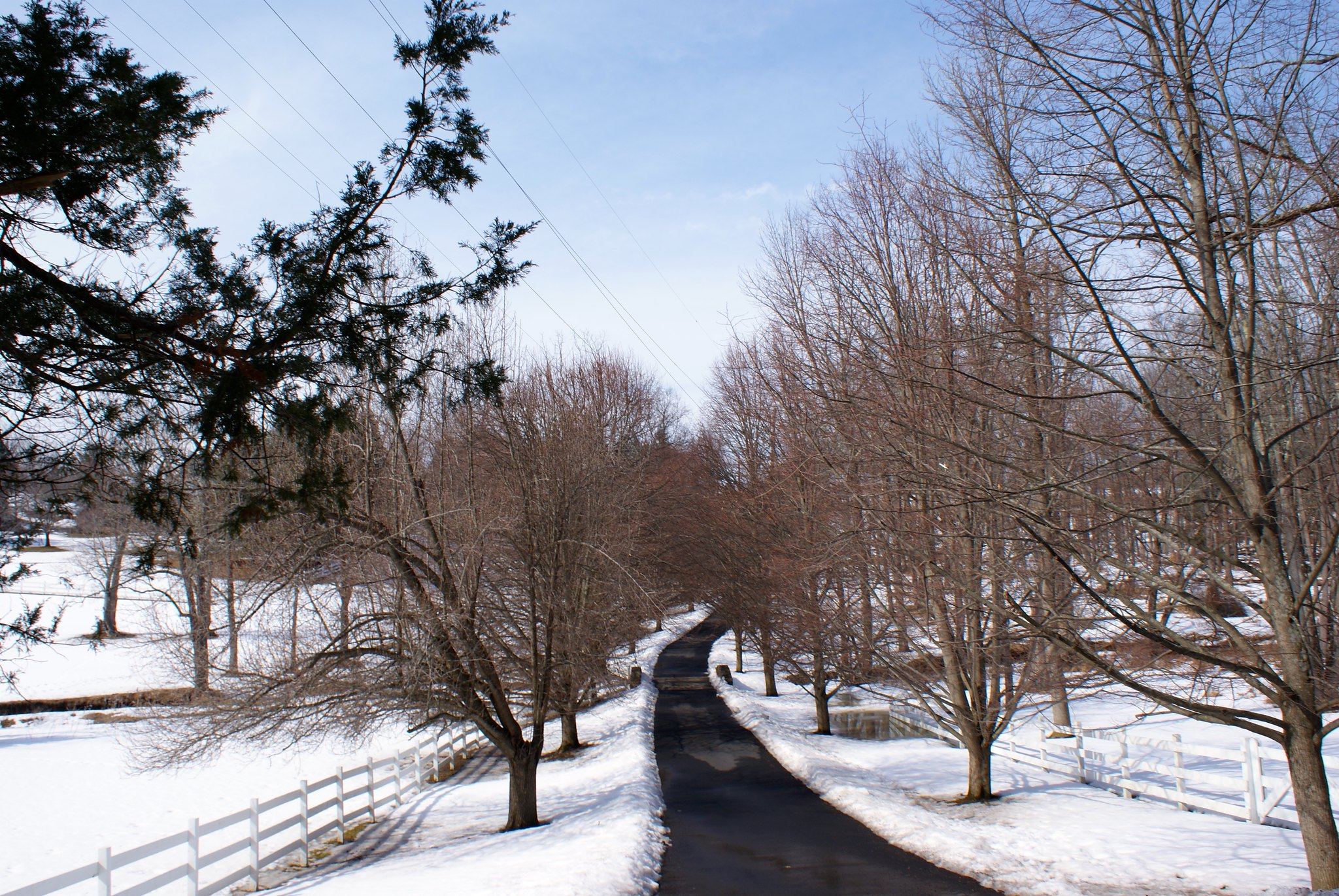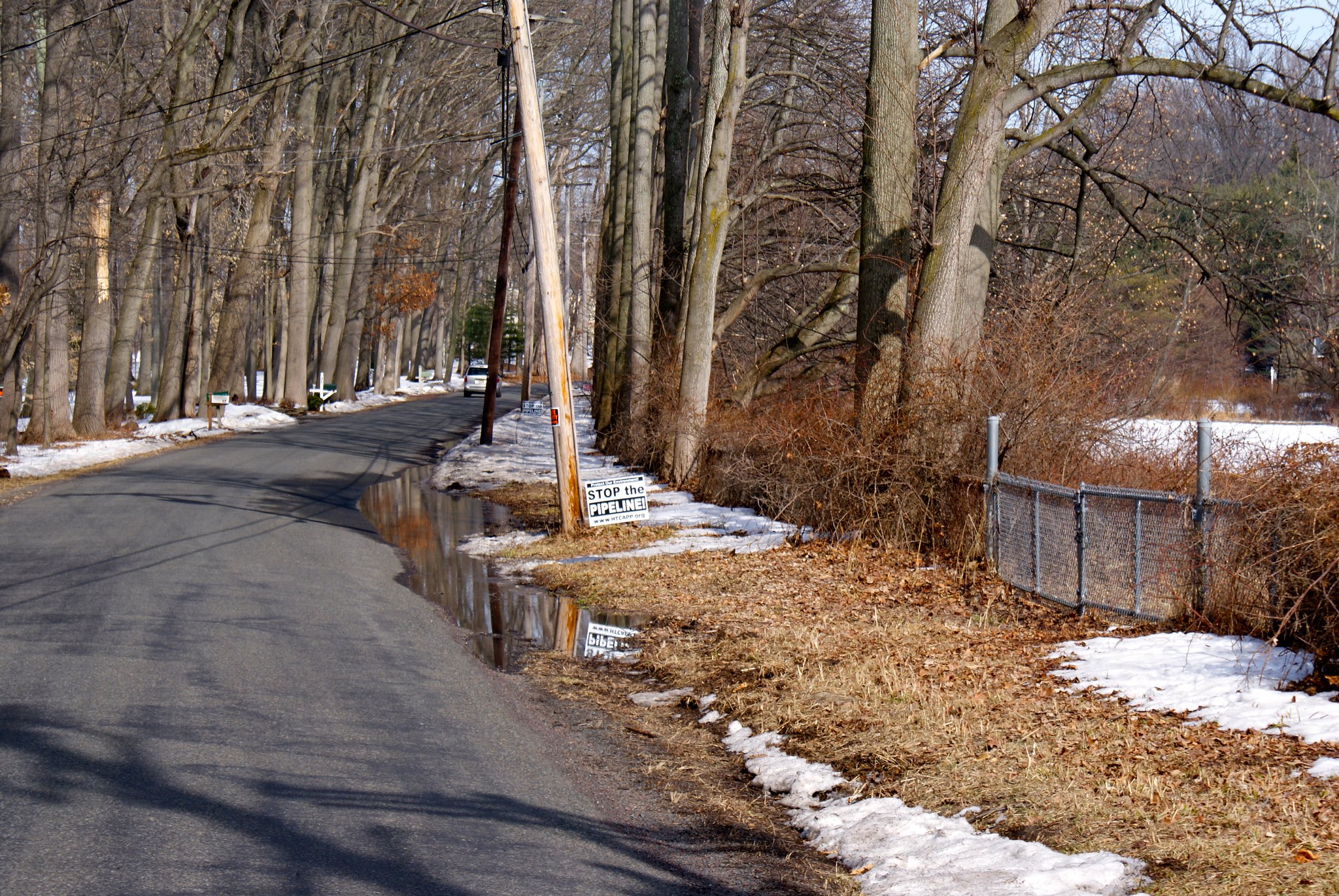Delaware Township NJ filed a pair of FERC filings this week reprimanding PennEast for their ridiculously sub-par job in responding to scoping comments. They specifically held their toes over the fire for a number of scoping comments PennEast either ignored, completely misunderstood, or mangled behind comprehension. In one letter the Township committee laments:
Delaware Township reviewed PennEast’s March 13, 2015 submission and found that the majority ofresponses by PenneEast were boilerplate/canned responses. In additions, several of the issues raised by Delaware Township were not even addressed by PennEast. Delaware Township spent considerable time and resources preparing these scoping comments so having PennEast ignore and not acknowledge Delaware Township’s concerns is extremely disingenuous and disheartening.
They then enumerated comments that were not addressed, including:
- Cultural and historic items. “PennEast failed to address/acknowledge that comments had been submitted regarding the presence ofhistoric structures or sites.”
- Conserved land. “[We] made detailed senarate submissions on February 24, 2015 regarding the lands in the township that were conserved with public finds. Yet, PennEast failed to document that Delaware Township had made any comments.”
- Abandoned Mines. “PennEast apparently did not read the Delaware Township’s Quarry Compliance’s submission dated February 23, 2015. In this submission, the Delaware Township Quarry Compliance Committee provided information about an active quarry located in close proximity to both proposed routes of the pipeline. “Active” means that the operations, which include blasting of the diabase rock, are ongoing and not “historic” or “abandoned”. The Delaware Township Quany Compliance Committee had requested that PennEast be required to conduct an engineering/safety study on the effect on the blasting at this active quarry would have on the proposed pipelines. PennEast’s response failed to acknowledge this active quarry nor did PennEast propose to conduct an engineering/safety study on the effects of the blasting on the proposed pipeline.”
- Eminent Domain. PennEast failed to address/acknowledge that comments had been submitted by Delaware Township regarding eminent domain.
- No Appendix A! “And finally, on March 26, 2015 PennEast made a submission to FERC responding to scoping comments that were submitted between March 7, 2015 and March 20, 2015, including those raised at the five scoping meetings. In this submission, PennEast indicated that their responses are in Appendix A. However, there is no Appendix A that was posted on the FERC website. How can interested stakeholders review PennEeast’s submission when FERC has not posted the submission in its entirety?'”
In the second letter Delaware Township blasts PennEast for not only ignoring the Rosemont Rural Agricultural District but regularly getting its name wrong when it mentions it in passing. They begin:
On December 9, 2014 the Delaware Township Committee sent a letter to the Federal Energy Regulatory Commission (FERC) regarding the township’s specific concerns about the proposed project’s intention to carve a footprint though the Rosemont Rural Agricultural District (ID¹4591).PennEast Pipeline LLC was copied on this letter.
In the December 9, 2014 letter, the township detailed how the Rosemont Rural Aericultural District (ID¹4591) was listed on both the New Jersey Register of Historic Places and entered into the National Park’s Service’s National Register of Historic Places.
The Delaware Township Committee sent additional detailed comments to FERC regarding the Rosemont Rural Agricultural District (ID¹4591)in a February 24, 2015 submission. Again, PennEast Pipeline LLC was copied on this submission.
Then the double barreled shotgun comes out:
But despite being provided with this information, PennEast continues to refer to this4
historic district as the “Rosemont Ridge Agricultural Development District” as referenced in PennEast’s March 13,2015 submission.In addition, PennEast indicated in their February 9, 2015 and the March 6, 2015 Monthly Progress Reports that “Other concerns are being addressed through route alternatives or ongoing studies. For example the New Preferred Alternative route avoids areas of concern raised by the Historic District of Mt. Airy…..” And the Preferred Alternate route now avoids the Mt. Airy Historic District.
Delaware Township has raised concerns about the proposed pipeline carving a footprint through the Rosemont Rural Agricultural District (ID¹4591)yet it appears these concerns were/have not addressed by PennEast. Not only does the 10/7/14 original route carve a footprint through the Rosemont Rural Agricultural District (ID¹4591) but the 1/16/15 Preferred Alternate route continues to cut a footprint through the Rosemont Rural Agricultural District (ID¹4591).
Has PennEast not been reading the letters submitted by the Delaware Township Committee? Why has PennEast not addressed our concerns?
Delaware Township rightly points out that PennEast is messing up this process on multiple levels. They can’t even get simple things like official names and designations correct. Even worse, their responses are piecemeal. PennEast trumpets them “saving” the Mt. Airy Historic District in West Amwell, but at the same time they completely ignore the Rosemont Agricultural District in next door Delaware Township. It is infuriating to everyone involved that a company that commits so many gross errors is potentially being entrusted by the federal government to safely build a 3′ wide 100+ mile long high pressure natural gas pipeline through our communities.
The township closes by saying:
The Delaware Township Committee considers any siting of a pipeline through the Rosemont Rural Agricultural District (ID¹4591)to be an unacceptable and permanently intrusive, discordant, and disruptive influence on an area that has been recognized by state and federal historic authorities as an unique setting that serves as a window into our nations’ rural agricultural past.
The Delaware Township submissions are available below:
Delaware Township Submission 1
Delaware Township Submission 1 Alternate Site
Delaware Township Submission 2
Delaware Township Submission 2 Alternate Site









